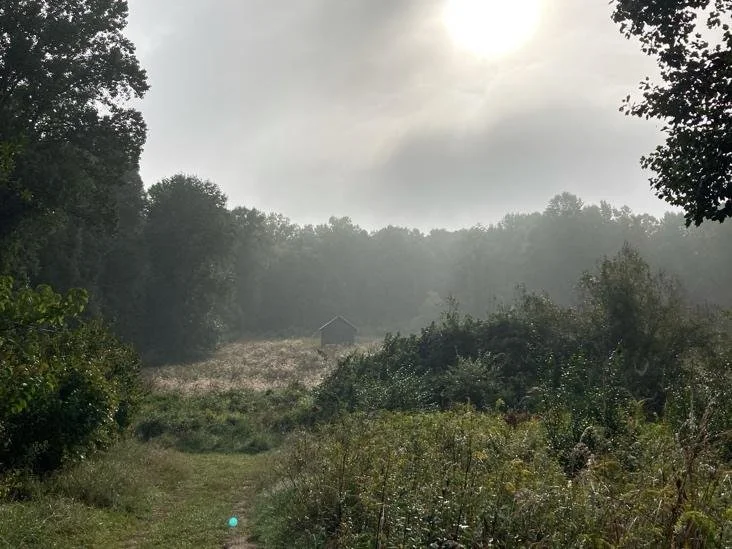Off the Beaten Path
By Brendon Leon, AMC Member
Open roads will carry you, zoom-zoom. Summer and Fall make some of the best times to venture into the great country side, especially the Appalachian Mountains. On the way, rolling along the highway and scenic byways- powered by diesel, ultra fuel or coasting on clean sun power, a euphoria overcomes one seeing the sunlit valleys and winding trails from distance. These destinations are places of natural splendor. Therefore, it is understandable that the road is overlooked as a part of the Appalachian Mountaineering experience. The destination may be ultimate in importance, but they are connected by the straight-ways and carvings paths of Appalachian roads and highways. They cross dense corridors of often terraced homes and storefronts on and around the glorious Appalachian Trail. These roadways connect people and nature.
Leg 1
Make the most of the trip. Leaving Washington D.C. for the mid-western portion of Appalachia, the thrill seeker, mild mannered hiker and one seeking quiet wilderness will find what some have described as Alpine-like landscapes and quiet inhabitants including frogs and other small reptiles. The destination often visited is an old estate returned to nature in the form of trails and wilderness now called Dolly Sods. Of this place, there are ghost story whispered from wars past. Trail seekers come close to the fauna and climb a moderate way to a plateau initially surrounded by forest As the trekker goes deeper, the forest gives way to fields of fruit and remnants of an ancient industry before reaching the mountains edges. If a hiker or runner dislikes steep inclines and declines, many trails in the region offer higher entrances that allow vehicles into the trail start.
Vroom, vroom! Cars pass and the first stop out of the capitol toward the destination is an expansive farm on route XX in Loudoun County that cultivates crops of grape and vine, offering wines described by connoisseurs as similar to those in France’s Bordeaux Region complimenting steaks of red meat in several cuts including the flank. Corn stalks front the place in quiet. Continuing upon the journey but still only several miles from the farms, the nearest taverns combine the style of classic pubs with the style of old country stores offering its patrons select teas, tequila, coffee and even cannabis There is a hint of native American wood carvings that are soothing to the senses. These taverns are mostly restrained, quiet business; calm and quiet on a Saturday morning with a father and daughter occupying a place near the counter; the girl sits squat on his shoulders, both looking at a menu on the wall. Booths mean patrons can dine-in. This is only a small part of un-busy Loudoun County- a stop on the way to a trail off the Potomac.
Continuing the journey from D.C., the road foreshadows the smokey mountains soon to rise by the gently sloping terrain, zoom-zoom! The vehicle rises with the roll of tilled and manicured lands. Moving toward Shepherdstown, many estates and farms are are old and give a strong sense of history in the low altitude fields of wild forests and tracts of sun-tinged, green farmland in this part of West Virginia closest to the capitol. Arriving in Shepherdstown, West Virginia, the topography becomes highly varied with deep gullies and some constrained meadows. The village pops up from the earth; it was an excursion but anchored by a university, Shepherdstown was a good place to regroup and review the itinerary.
Leg 2
Opening parcels, making phone calls and verifying group participants were in route, we sit in a Shepherdstown cafe. It is an opportunity to process refined foods before hitting the trail where we switched to high energy, simple carbs like granola and dried fruit.


